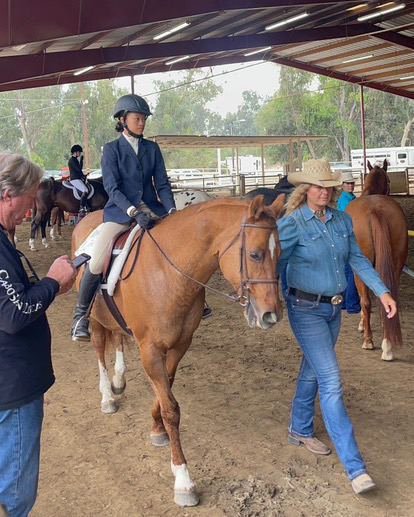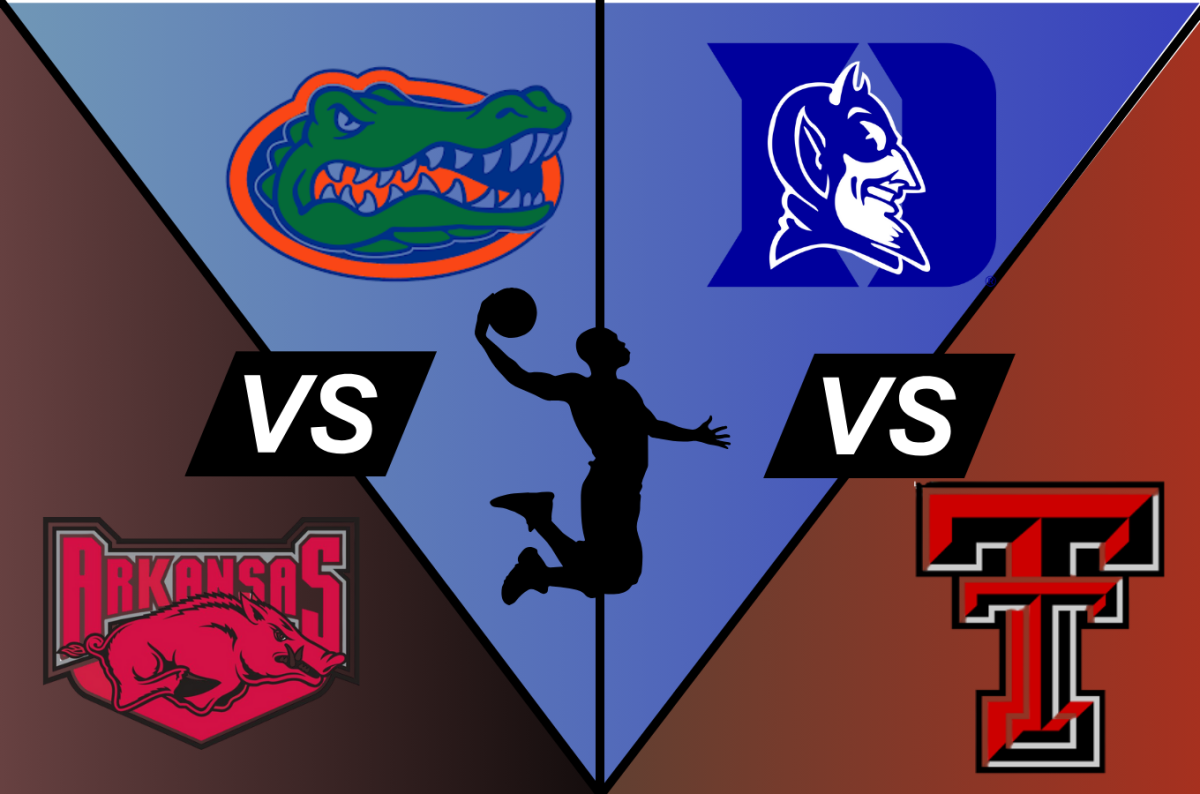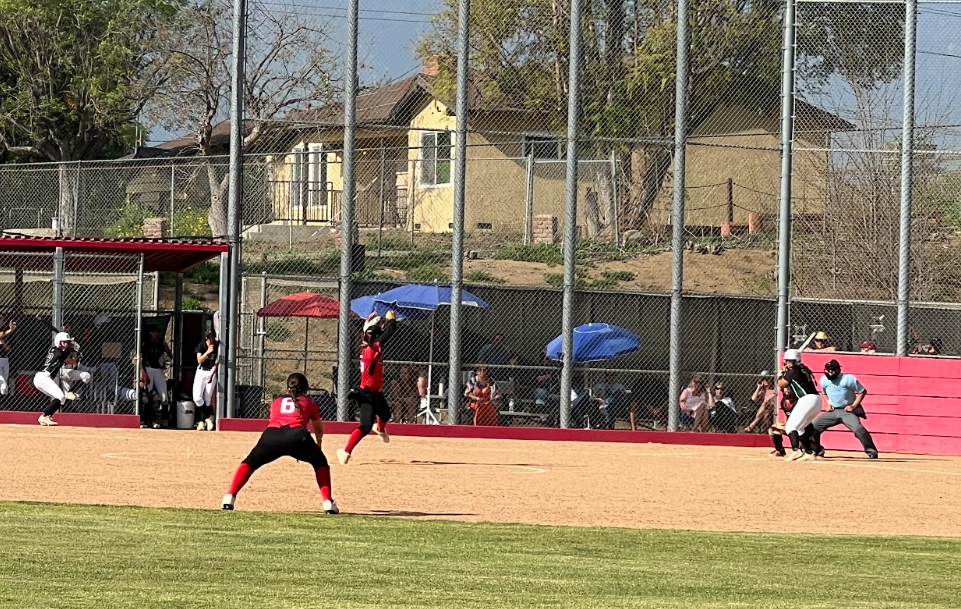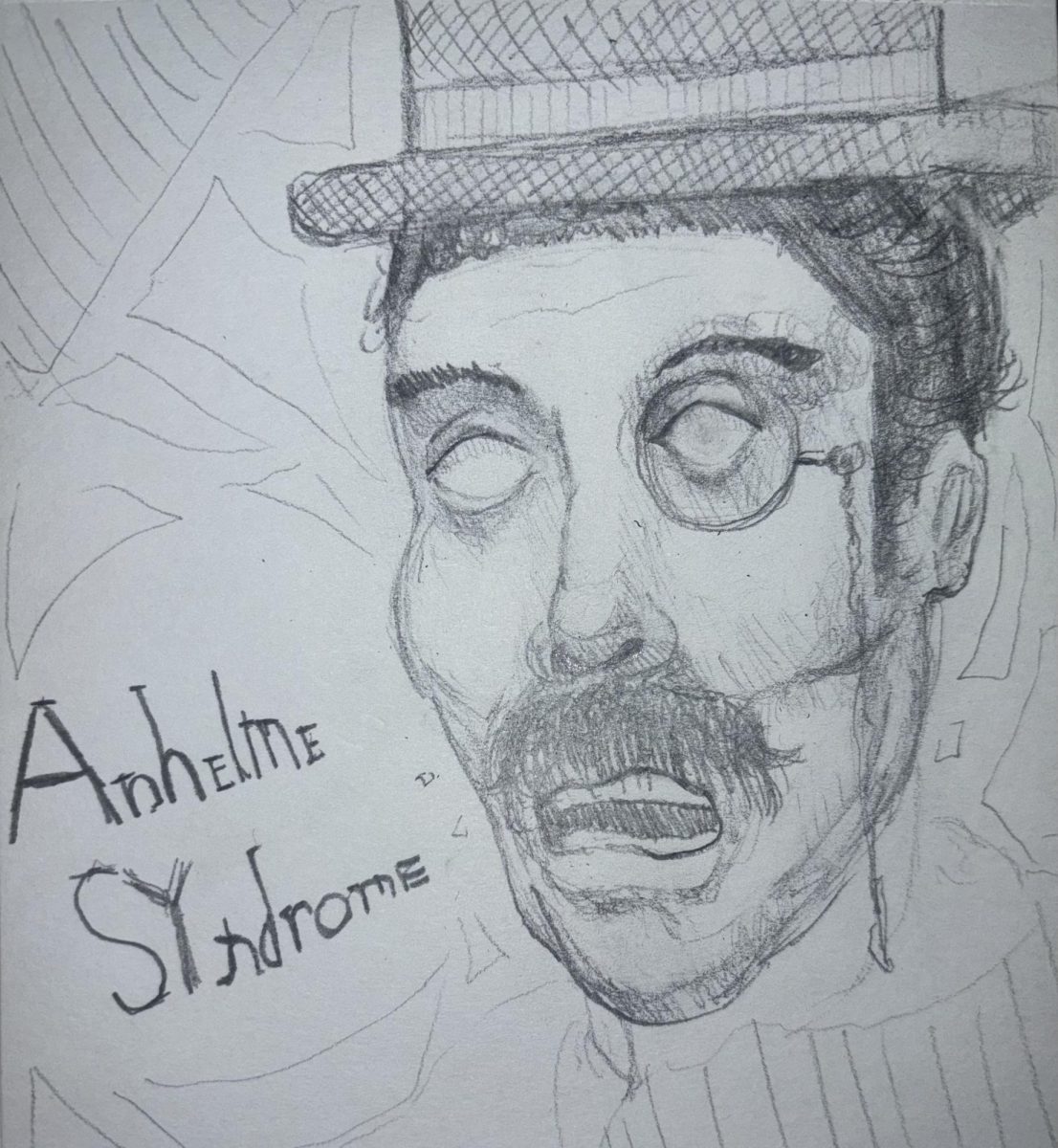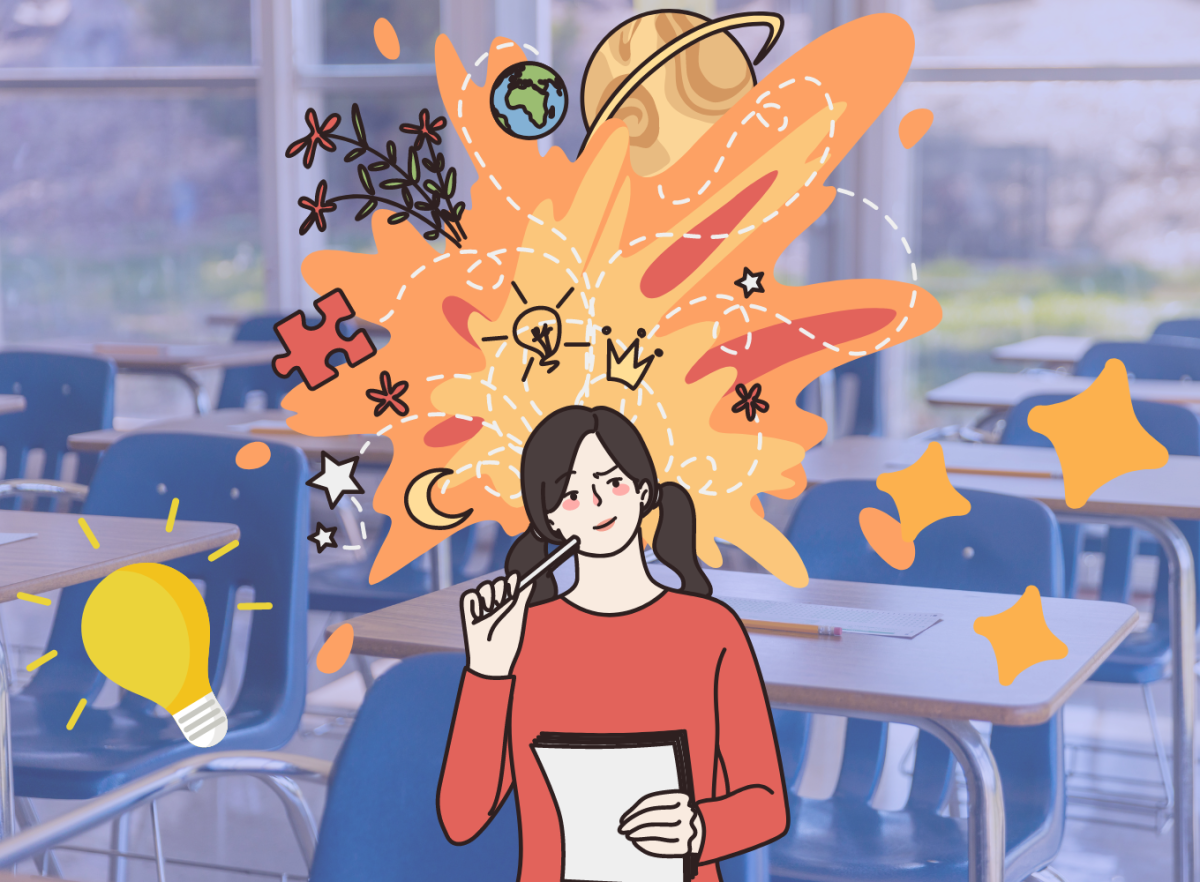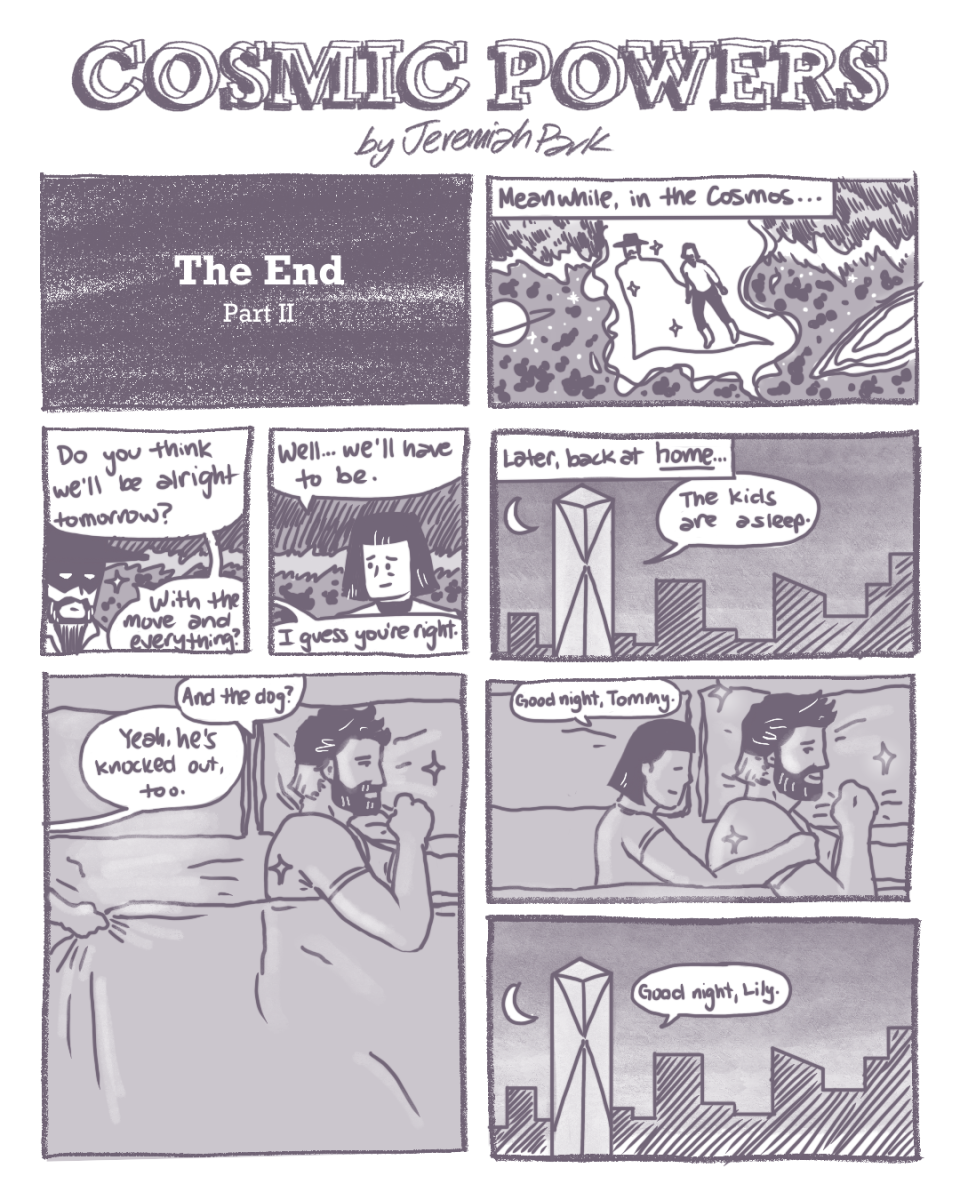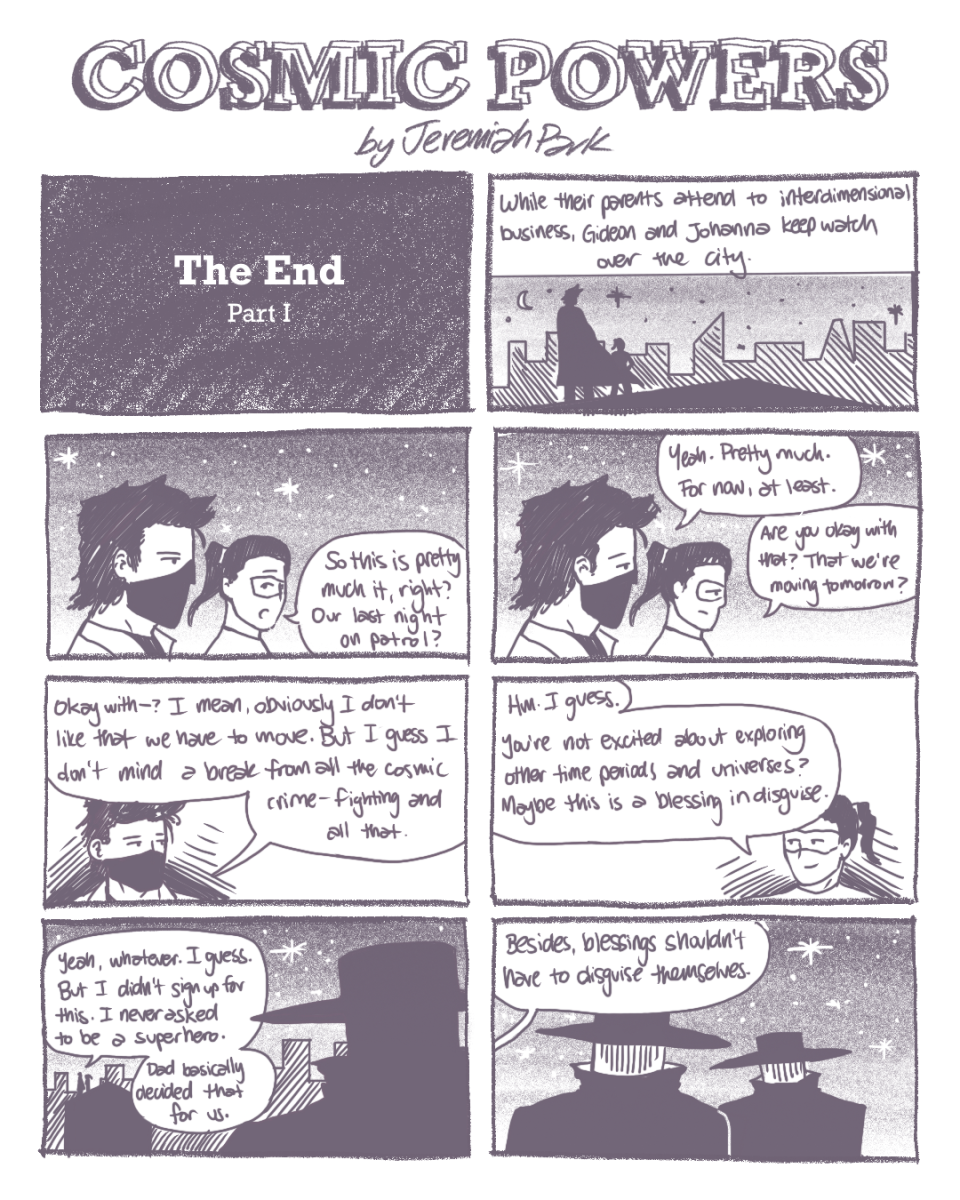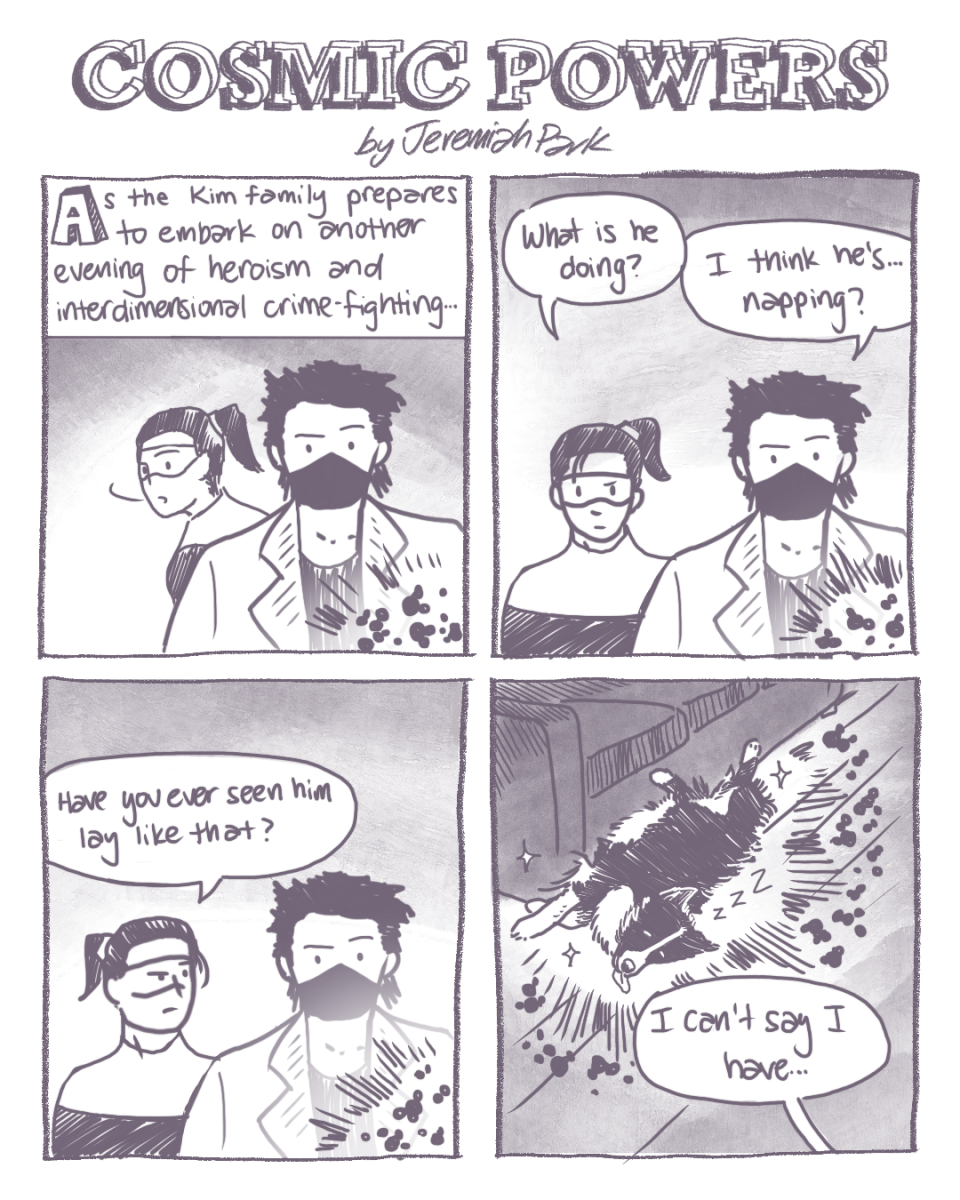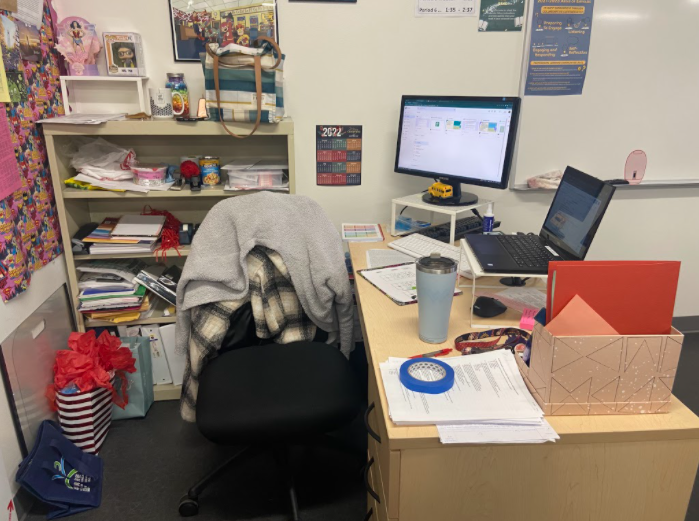Teacher shortage affects student learning abilities
January 24, 2022
Infamous for its rapid spread, the Omicron variant of COVID-19 has infected over 6 million Californians in the past 14 days. High school teachers are no exception from Omicron’s large pool of targets – the contagious variant has contributed to the current teacher shortage at Ayala High School, altering the roles of on-campus teachers and affecting the learning ability of students.
In the absence of a teacher, instruction typically does not occur; rather, students are assigned individual work. While this individual work is deemed effective by some students, it is viewed to be less valuable by others.
“I feel that I have learned less academic content without my teacher present,” said senior Joseph Lee. “I don’t think the individual work is sufficient to maintain the regular level of academic material taught in class.”
“Normally, students are less productive in a class when there is a substitute and it is more difficult to learn more material when a teacher is not present,” added senior Kaylene Guzman. “I don’t think that individual work makes up for the lack of instruction, as there is a significant difference between being able to ask a teacher follow-up questions to a lesson compared to watching a video.”
Fortunately, students report that their learning abilities have not been drastically hindered, as they just returned from winter break – but if the situation continues, students believe that their learning will be negatively impacted. This situation is not only difficult for students, but for teachers as well, as their roles have become more significant than ever.
“I substituted for other teachers each day of the week,” said English teacher Ms. Yeh. “It was stressful to know that our allotted time every day would be gone, and we had little choice to choose who to sub for. Coming into this semester, we all expected that we would take a hit in numbers of both teachers and students, but I don’t think anyone realized it would be on this scale, where 15-17% of students and 20% of teachers are absent each day.”
The teacher shortage has taught both teachers and students about the severity of COVID-19 and its variants, evoking more fear of the virus and the reinforcing the responsibility to follow safety measures.
“A lot of people are talking about Omicron, passing around the word ‘mild,’” said Ms. Yeh. “While the symptoms are reported to be much milder than other variants of COVID-19, I think we need to be more careful because when looking at the stats, it’s clearly not ‘mild.’ It’s important that we continue practicing good hygiene, wearing masks, drinking water, and getting enough sleep.”
“This teacher shortage has taught me that Omicron may not be the most harmful for your body compared to other variants of COVID-19, but its ability to spread so quickly makes it extremely dangerous for the entire world, maybe even more than the original Corona virus itself,” said Lee.

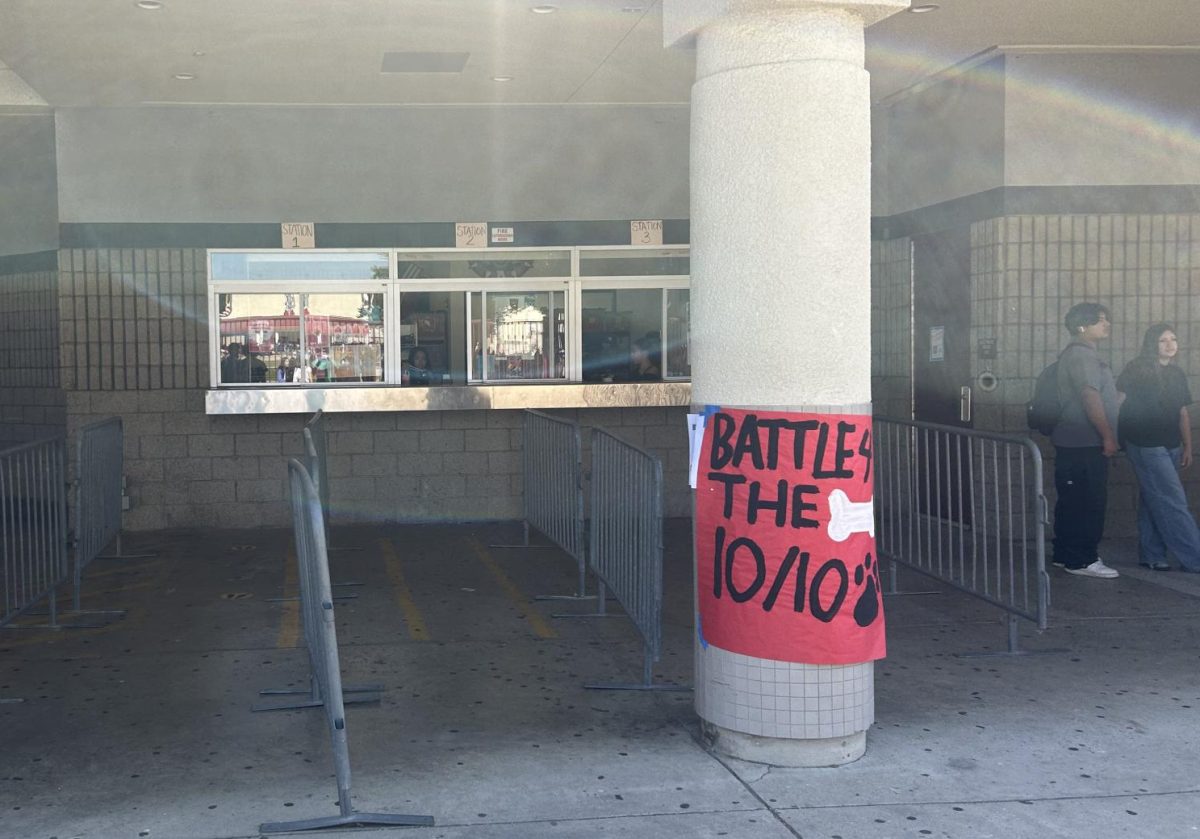









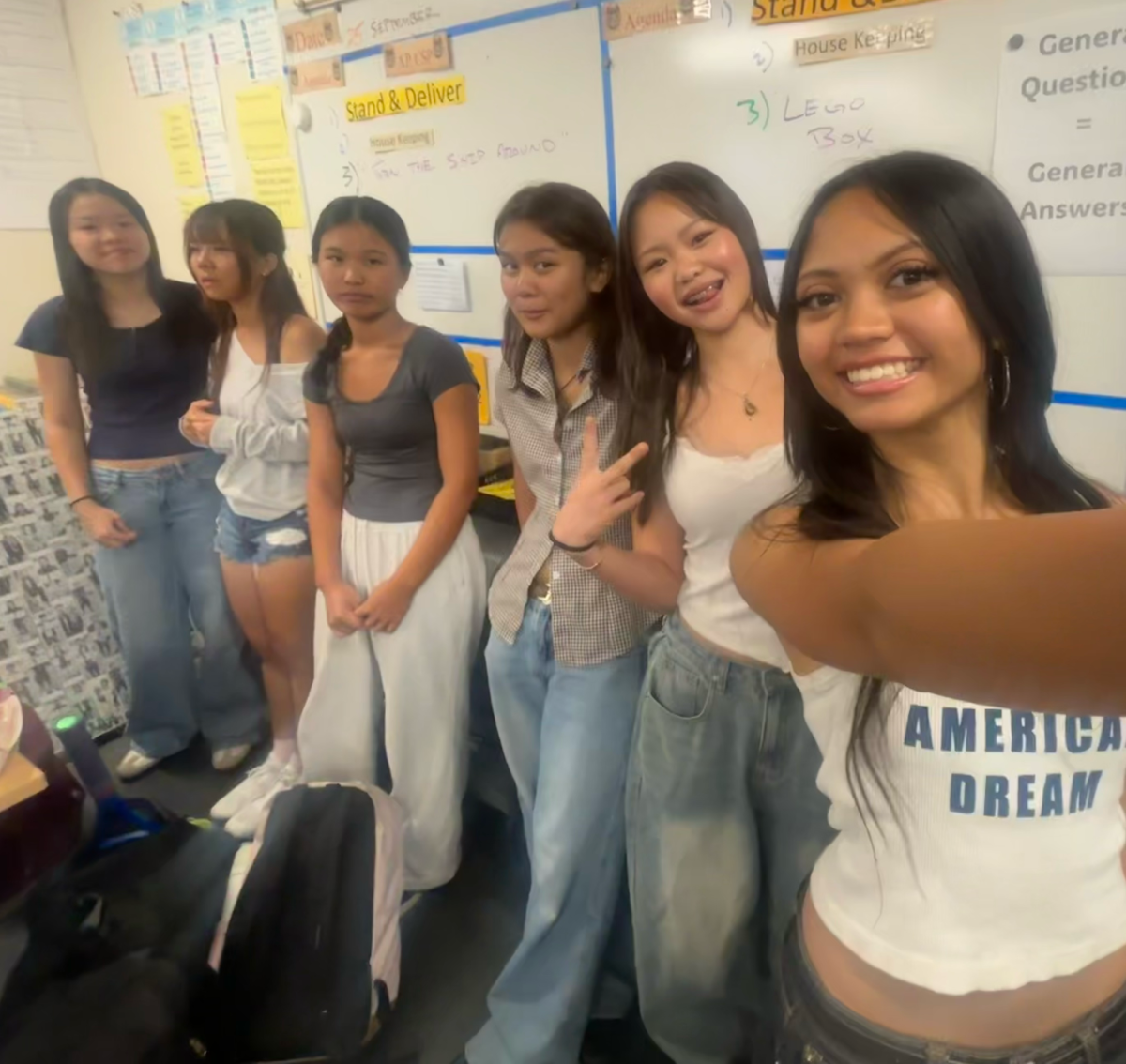









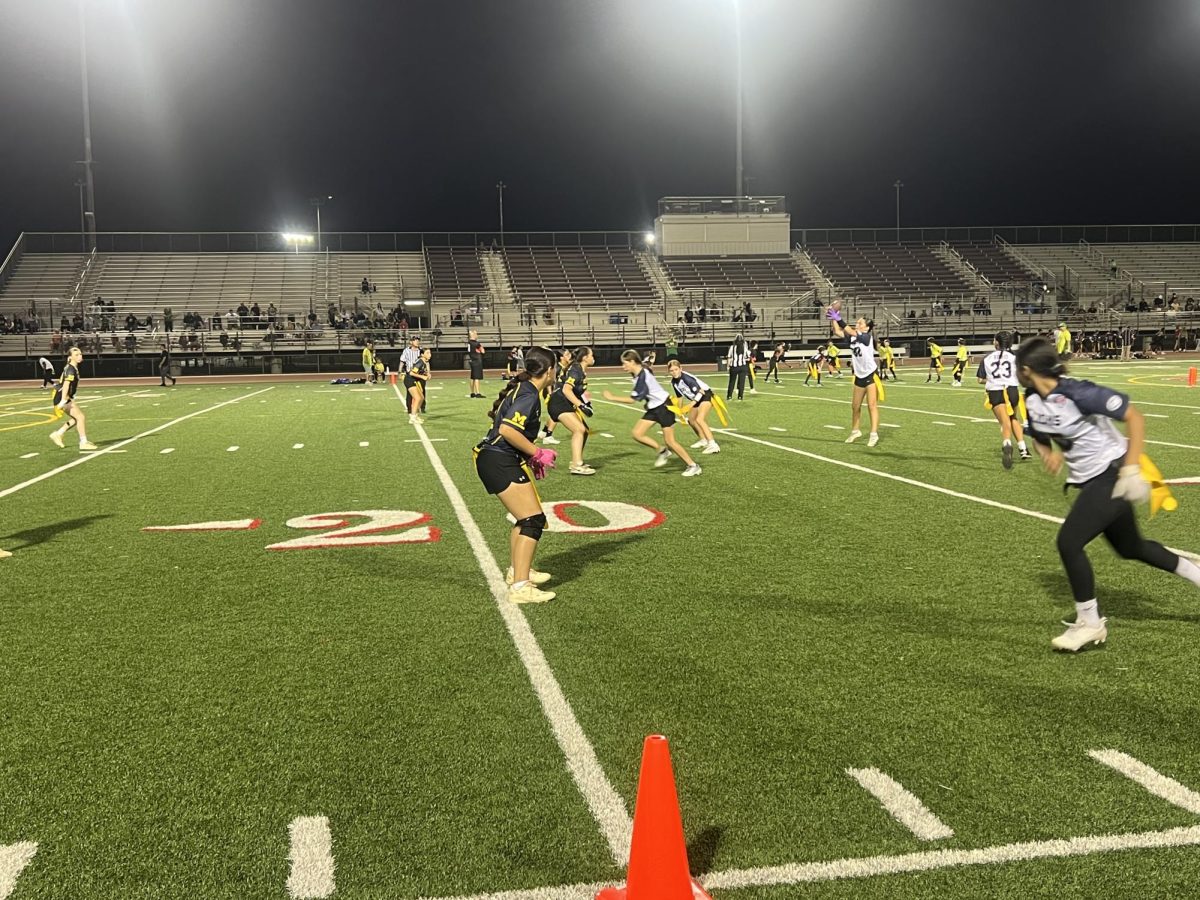

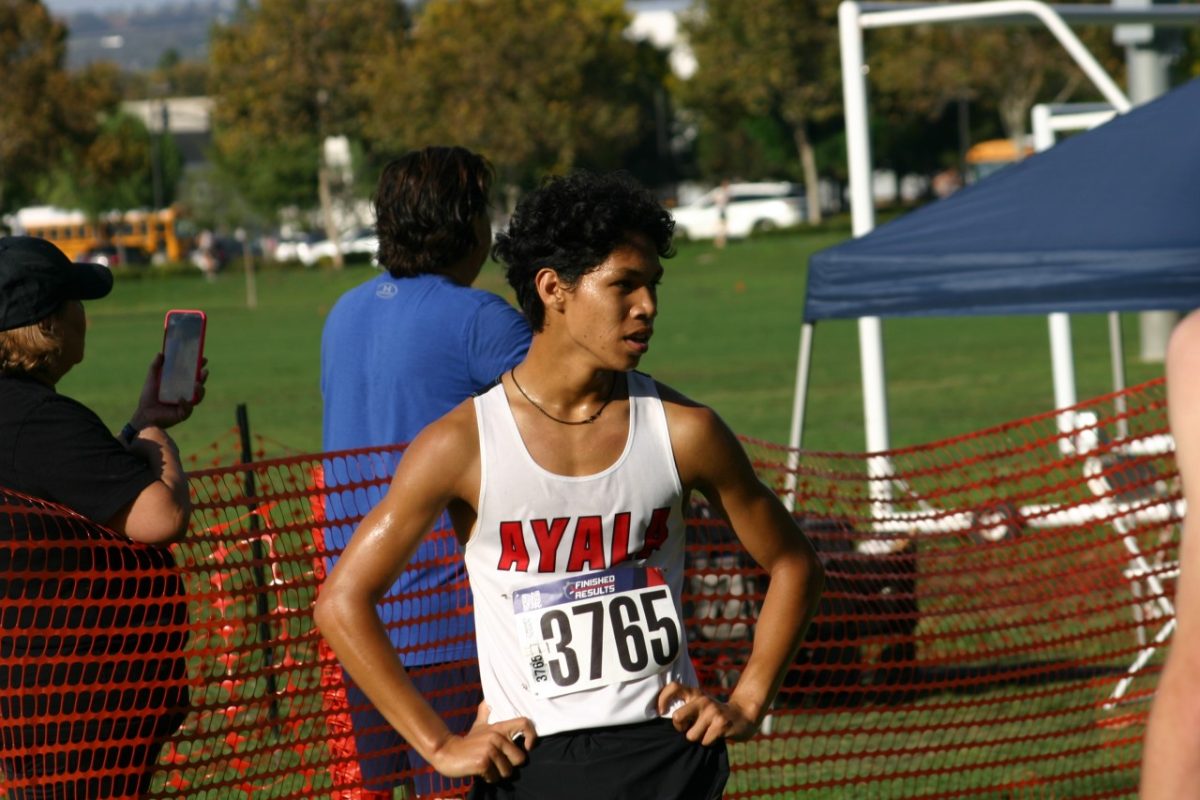
![“I'd say [this season was] successful because I didn't really think I was going to really play much because I'm a freshman. But my coaches took the time and believed in me,” Jonah Boyd (9) said. As a freshman, Boyd has already achieved great success during his first year on the boys Varsity baseball team.](https://ayalabulldogtimes.org/wp-content/uploads/2025/05/IMG_1598-1.jpeg)

